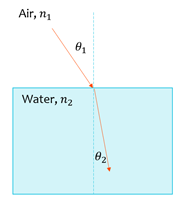Top Physics Formulas
Here you will find the most common physics equations and formulas used in high school and fundamental university courses. These include, but are not limited to, mechanics, kinematics, energy, uniform circular motion, and waves formulas.
For more physics formulas visit Wikipedia.
Basic Mechanics Equations
Velocity
| v̄ | = |
|
v | = |
|
Where x is the displacement and t the time. The first equation gives the average velocity while the second equation is the instantaneous velocity
Acceleration
| ā | = |
|
a | = |
|
Where v is the velocity and t the time. The first equation gives the average acceleration while the second equation is the instantaneous acceleration
Force
| F | = ma |
Where m is the mass of the object and a is the acceleration
Weight
| w | = mg |
Where m is the mass and g is the gravitational acceleration. On earth, it is 9.8 m/s2.
Kinematics Equations (Equations of Motion)
- v = v0 + at
-
Δx = v + v0 2 t -
Δx = v0t + 1 2 at2 -
v2 = v02 + 2aΔx
| Δx | Displacement |
| t | Time |
| v0 | Initial Velocity |
| v | Final Velocity |
| a | Acceleration |
- To be used under constant acceleration
Energy
Gravitational Potential Energy
| PEg = mgh [Joules] |
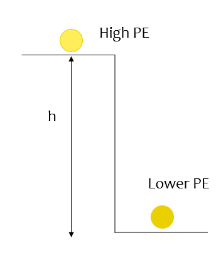
Where m is the mass of the object, g is the gravitational constant 9.8 m/s2, and h is the height of the object
Kinetic Energy
| KE = |
|
mv2 [Joules] |
Where m is the mass of the object, v is the velocity of the object
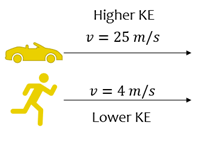
Elastic Potential Energy
| PEx = |
|
kx2 [Joules] |
Where k is the spring constant and x is the displacement
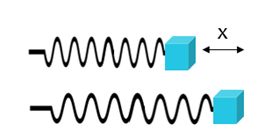
Uniform Circular Motion
Angular Velocity & Acceleration
| ω̄ = |
|
ω = |
|
||||
| ᾱ = |
|
α = |
|
Where theta is the angular displacement. The first equation gives the average angular velocity, while the second is the instantaneous angular velocity. The third equation gives the average angular acceleration, while the fourth is the instantaneous angular acceleration
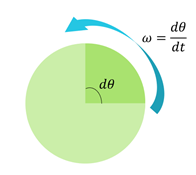
Linear Velocity & Acceleration
| v = ωr |
| a = αxr - ω2r |
The angular velocity ω can be converted into a linear velocity v with this equation where r is the radius.
The angular acceleration α can be converted into a linear acceleration a with this equation where r is the radius
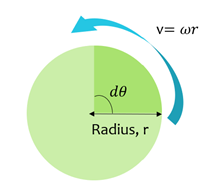
Torque
| τ = r x F |
Where F is the force acting in the direction of rotation, and r is the arm length

Waves & Light
Frequency of EM Wave
| ƒ = |
|
Where T is the period of the wave

Velocity of EM Wave
| v = | λƒ |
Where λ is the wavelength and ƒ is the frequency
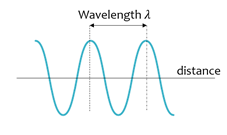
Snell’s Law
| n1θ = n2θ |
Where n1 and n2 are the indices of refraction for the given mediums and θ1 is the angle of incidence and θ2 is the angle of refraction
